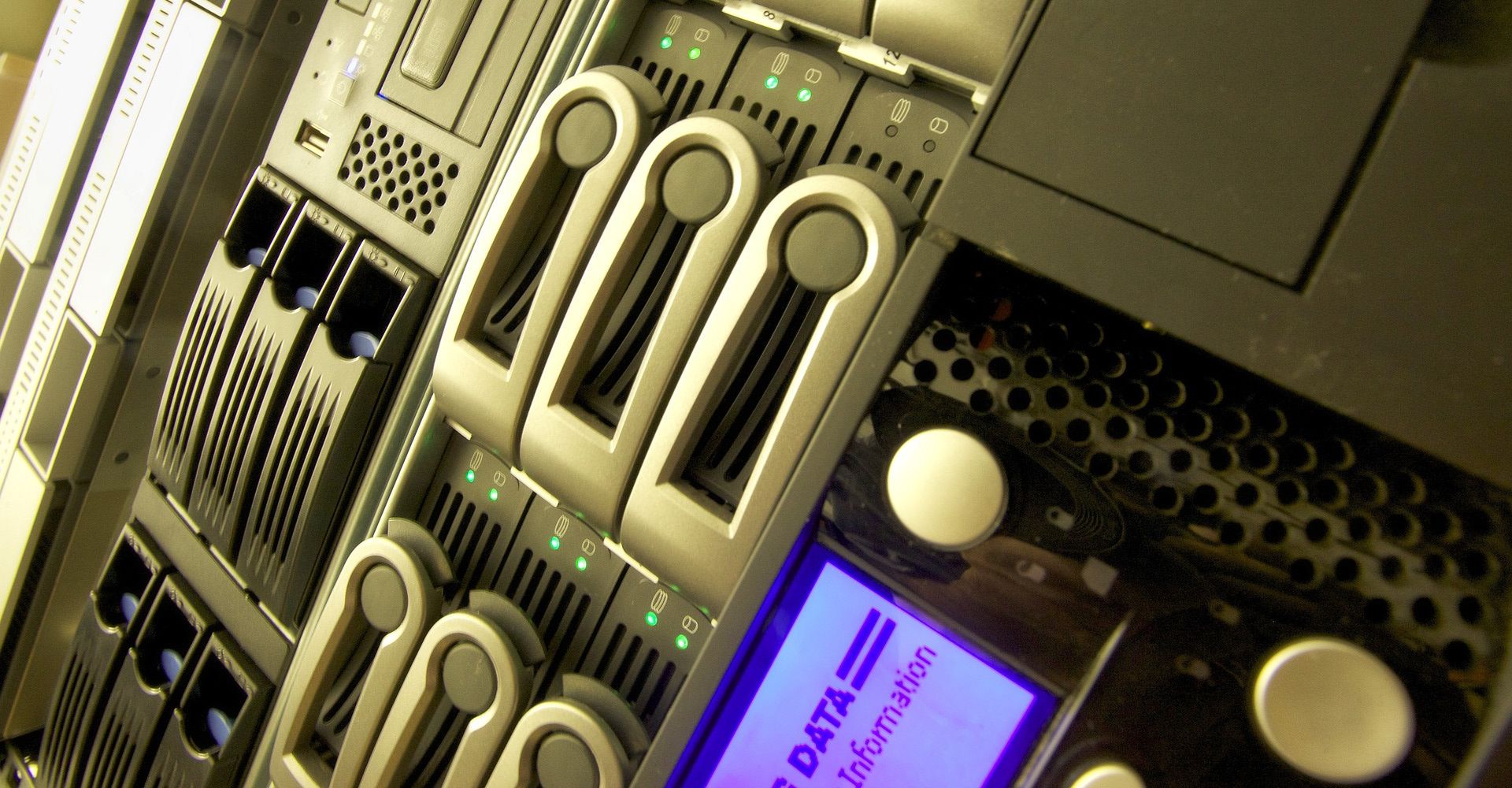Even though the IEC 61508 doesn’t mention any certification for determining the SIL level, the SIL certification has become more and more sought after by automation companies for various reasons.
SIL Certification Pros
SIL (Safety Integrity Level) is often part of contractual specifications in the field of mechanical, electrical, and electronic supply. Contractual specifications usually indicate the desirable SIL level (SIL 1, SIL 2, SIL 3, or SIL 4) required to compete in a supply contract. SIL levels also guarantee conformity with IEC 61508 requirements. Despite the fact that it is not mandatory, with few exceptions, many users of electric and electronic systems increasingly require certified components in terms of safety.
The certification is mandatory in the automotive industry, while it can be rather obtained voluntarily for other industries such as processing and industrial machinery. A SIL certification can be used to substantially different product characteristics from competitors’.
Indeed, SIL certification is closely linked to product design. The safety design of an industrial component involves all the technical aspects of the product being certified. Obtaining a SIL certification encourages product restyling and helps improve its usability. In summary, a certification represents a boost to product differentiation.
Since the IEC 61508 standard has been adopted all over the world, a SIL certification can be used at the international level and proves the superiority of a component compared to competitors’. A SIL certificate is also a guarantee of greater system reliability.
For all these reasons, the certification process can involve the Research and Development department as well as the Marketing and Sales staff.
Recommended in-depth study:
How to obtain SIL Certification
SIL Certification requires the following activities:
- Reliability Analysis and calculation of SIL level for the safety functions in accordance with IEC 61508 requirements. This is a preliminary phase that consists in verifying the physical elements of a component in order to determine the fault tolerance and understand which gaps should be filled in order not to compromise the achievable SIL level.
- Definition of the Safety Life Cycle consists of identifying the actions to be taken at each stage of a product Safety Life Cycle – and related maintenance actions -, in compliance with IEC 61508 requirements.
- Product design (or re-design) support, aimed at reaching the desired SIL level.
- Carrying out tests on the prototype or on the specific product depending on whether a type or an individual certification is required. We will discuss the distinction between the two types of certifications in the next paragraph.
After passing all the tests, the certification is issued directly; otherwise, we will release the dossier related to non-conformities to be addressed in order to get the SIL certificate.
Recommended in-depth study:
What products can be SIL certified
SIL certification is aimed at all products intended to be integrated into one or more safety functions, such as, for example, sensors, mechanical valves, complex measurement systems, logic firmware solvers, or embedded software. There are two types of certification achievable at all SIL levels – from 1 to 4 – and covered by IEC 61508:
- SIL type certificate, which certifies the reliability of a type of product. Certification Bodies approve the degree of reliability of a component by analyzing a prototype. After the certification is issued, manufacturers can produce in series. A SIL type certificate is valid for three years. A product family can be certified through a type certificate as well.
- SIL individual certificate, which covers only the object expressly indicated in the certificate. It is generally applicable either to customized products or to project-based products. Tests are performed on directly the product subject to certification. This is a unique certificate that only covers a specific item exclusively and cannot be transferred to other products.
It is possible to certify either a product before launching it on the market or a product that is already on the market. In any case, but in particular, for products that are already commercialized, the certificate is not retroactive: it covers items manufactured after it is issued (in the case of a type certificate) or the remaining lifetime of the product (in the case of individual certificate).
Explore our services:
What some of our customers say

GE Oil & Gas – Download file – Fabio Perini Körber Solutions GmbH – Download file – Termomeccanica Industrial Process – Download file
Any questions or comments?
Do you want to help our page grow? Follow us on Linkedin
Go back to the blog



